Key Takeaways
-
Termite Identification: Termites have straight waists, beaded antennae, and equal-length wings in swarmers.
-
Termite Castes: Workers maintain the colony, while soldiers defend with larger heads and mandibles.
-
Species Identification: Identify types like subterranean, drywood, and dampwood for proper treatment.
-
Termites vs. Ants: Termites have straight bodies and antennae, unlike ants with bent antennae and narrow waists.
-
Preventive Measures: Reduce moisture, seal entry points, and schedule inspections for termite prevention.
-
Professional Help: Seek expert pest control for confirmed infestations to ensure lasting protection.
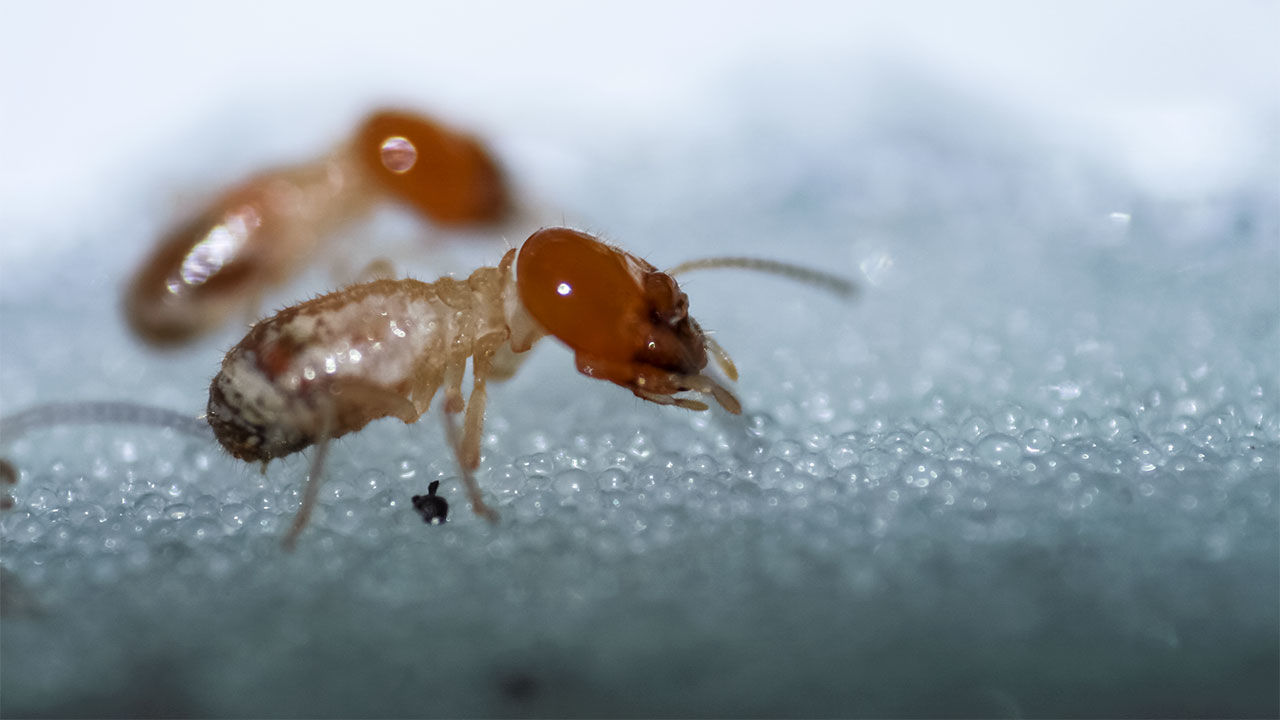
What Does a Termite Look Like?
At first glance, termites resemble ants, but key physical differences can help you tell them apart. While their size and colour depend on their species and colony role, termites generally have soft, pale bodies with straight antennae and no defined waist, unlike ants with bent antennae and a narrow midsection.Physical Characteristics of Termites
-
Shape: Soft, oval-shaped bodies that lack the defined segmentation seen in many insects.
-
Size: Varies by species, typically ranging from 1/8 inch to 1/2 inch in length.
-
Color: Depending on the species, termites can be creamy white, light brown, or even black.
-
Antennae: Straight antennae, unlike ants, which have bent or elbowed antennae.
-
Body Structure: Uniform in width with no visible waist, distinguishing them from ants, which have a pinched waist.
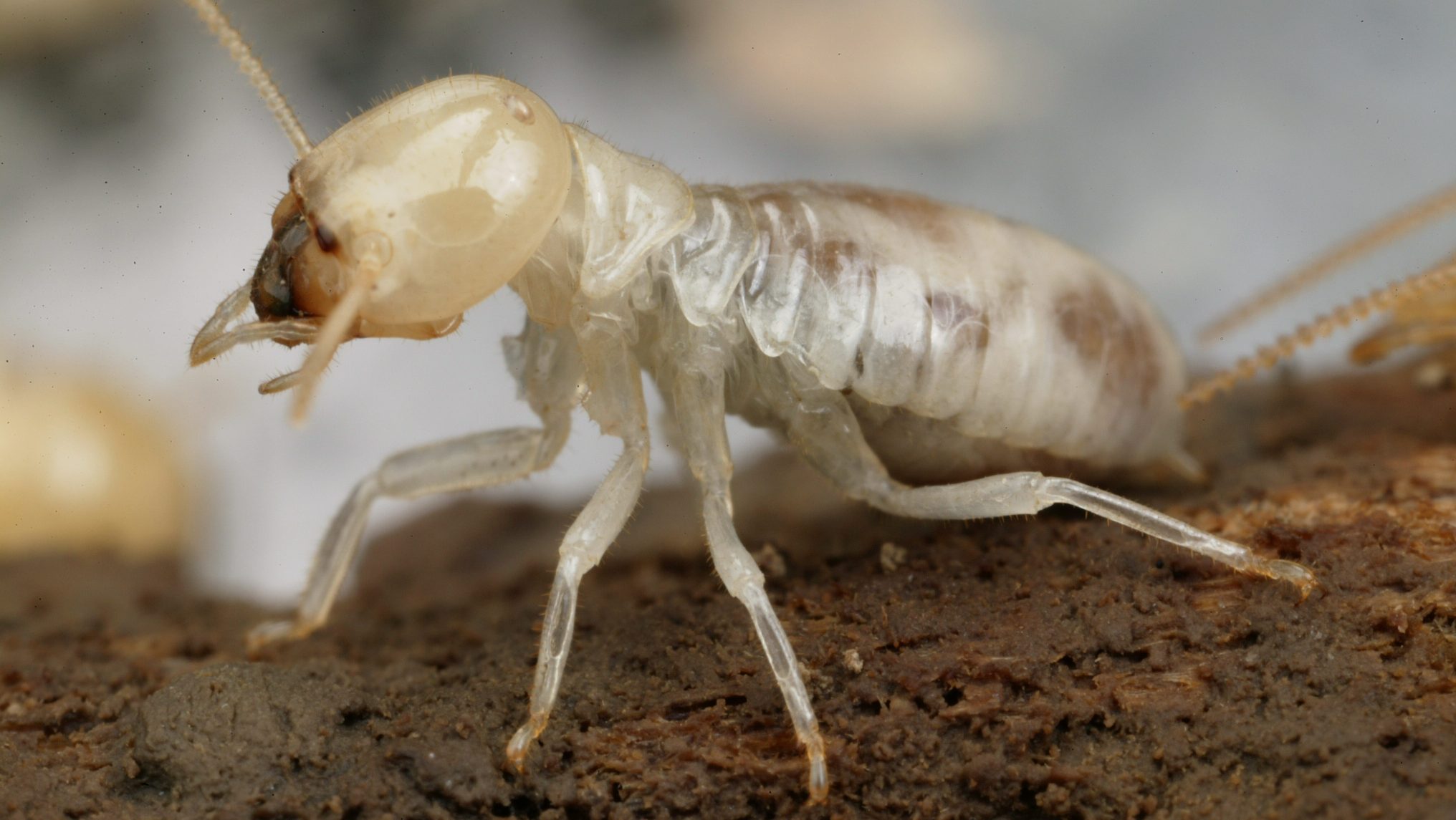

Not getting a solution?
Get your free pest control estimate today!How Are Termites Different From Ants?
A common mistake is confusing termites with winged ants, particularly during swarming seasons. Here’s a quick comparison:| Feature | Termites | Ants |
|---|---|---|
| Antennae | Straight | Bent |
| Waist | Uniform, no narrowing | Distinct, pinched waist |
| Wings | Equal in size | Forewings larger than hindwings |
| Color | Pale or light brown | Darker shades, usually brown or black |
Types of Termites and Their Physical Differences
Termites live in colonies with a structured social system. Each caste has distinct physical characteristics, making them easier to identify based on their function.Worker Termites
-
Appearance: Small, soft-bodied, pale white to yellowish.
-
Size: About 1/8 to 1/4 inch long.
-
Role: These termites cause the most damage by chewing through wood.
-
Where to Find Them: Inside wood, mud tunnels, or in walls.
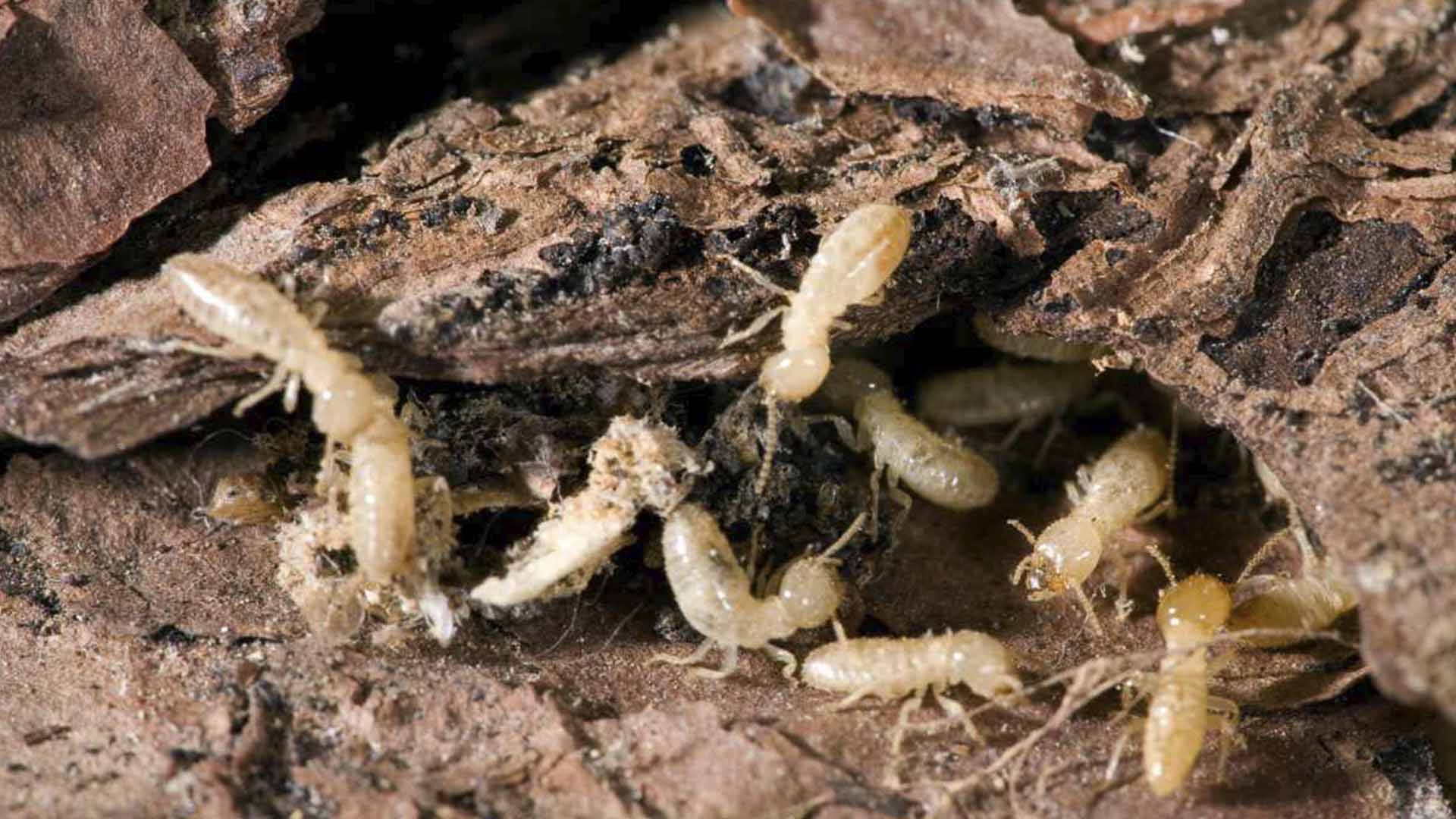
Soldier Termites
-
Appearance: Larger heads with powerful mandibles (jaws); darker color than workers.
-
Size: Slightly larger than workers.
-
Role: Protects the colony from predators like ants.
-
Where to Find Them: Usually inside damaged wood or near mud tubes.
Reproductive Termites
-
Appearance: Larger, darker-colored with two pairs of equal-sized wings.
-
Size: About 1/4 to 1/2 inch long.
-
Role: Leaves the colony during swarming season to start new colonies.
-
Where to Find Them: Near light sources or discarded wings around windows and doors.
Common Termite Species
Termites come in different species, and identifying them can help determine the best treatment approach.Subterranean Termites
-
Color: Pale to creamy white (workers), dark brown/black (swarmers).
-
Size: 1/8 inch (workers), up to 1/2 inch (swarmers).
-
Unique Feature: Builds mud tubes to travel between soil and wood.
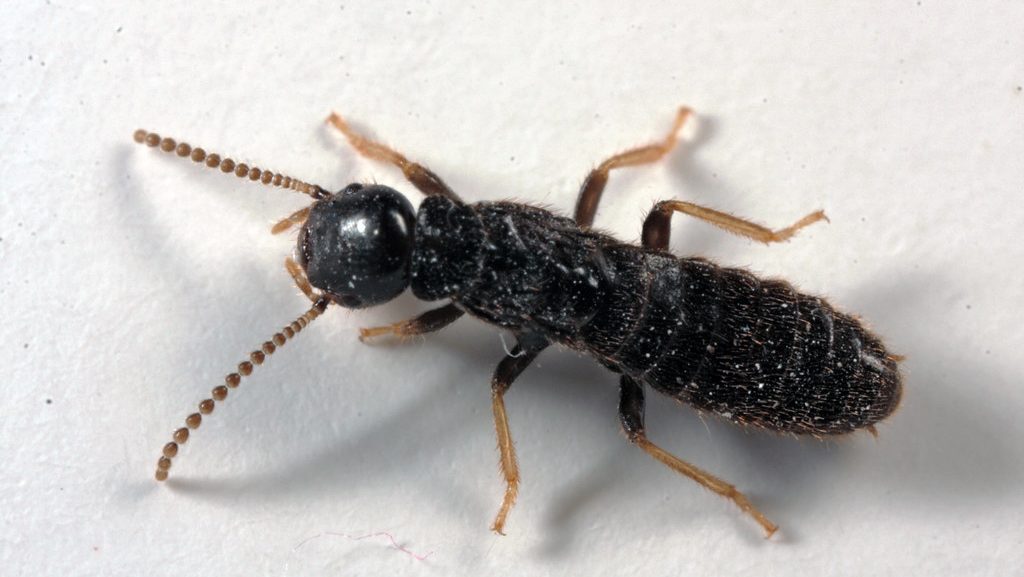
Drywood Termites
-
Color: Light brown to dark tan.
-
Size: Larger than subterranean termites, up to 1/2 inch.
-
Unique Feature: Does not need soil contact; infests dry wood like furniture and walls.
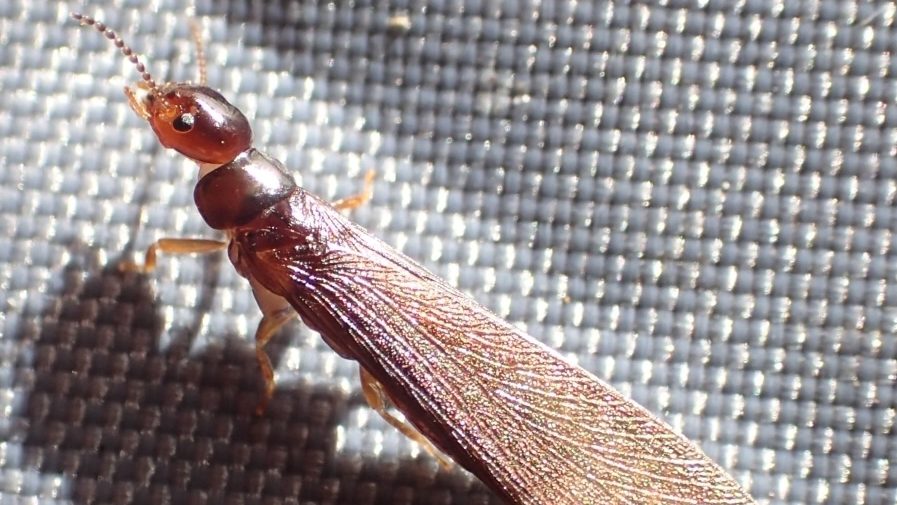
Dampwood Termites
-
Color: Dark brown or reddish.
-
Size: Largest termite species, up to 1 inch.
-
Unique Feature: Prefers moist, decaying wood and is common near plumbing leaks.
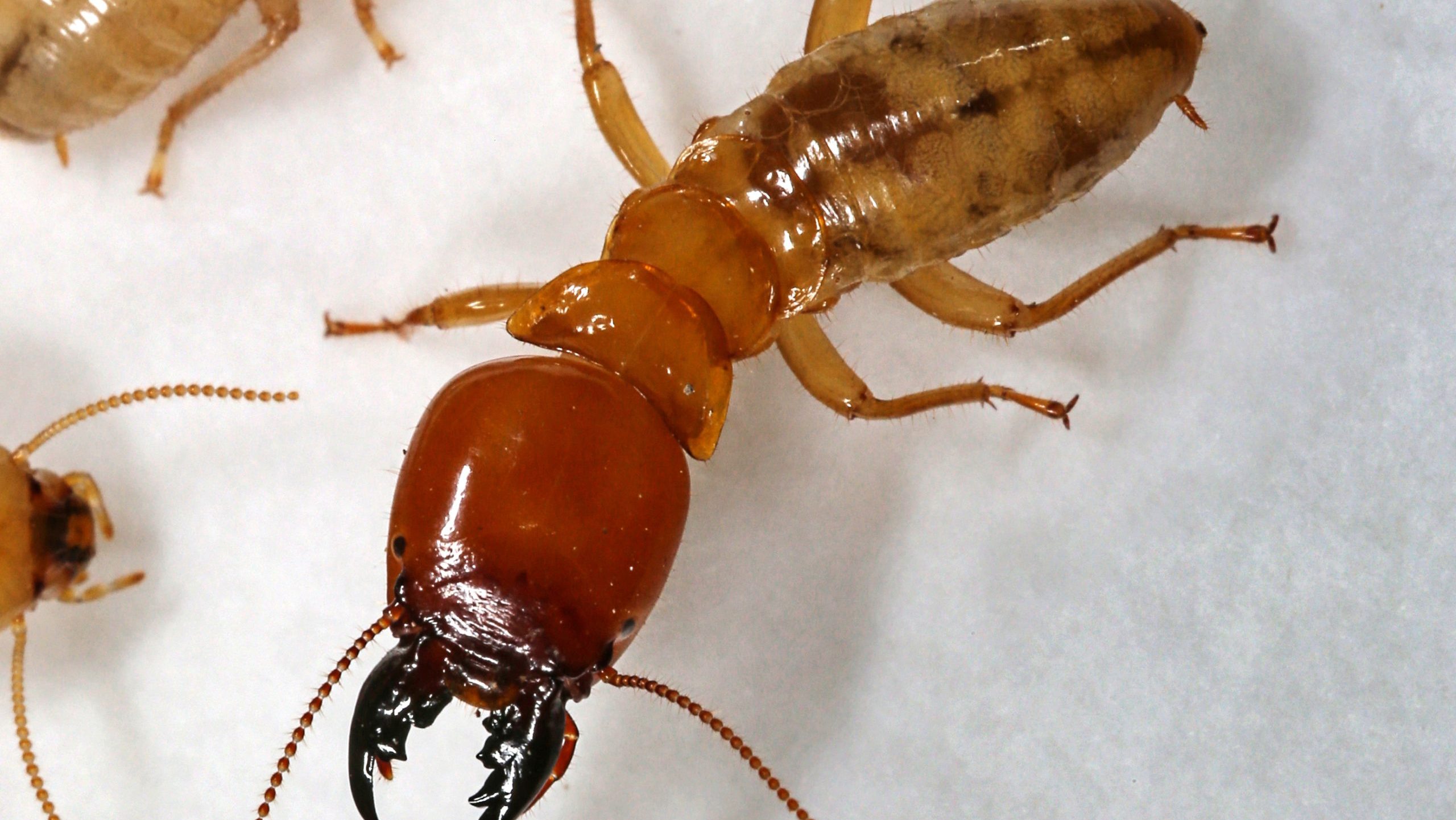 Signs of a Termite Infestation
Identifying a termite infestation early is crucial to preventing significant damage to your home. Some common signs of a termite infestation include:
Signs of a Termite Infestation
Identifying a termite infestation early is crucial to preventing significant damage to your home. Some common signs of a termite infestation include:
Termite Infestation Signs
-
Mud Tubes: Subterranean termites build mud tubes to travel between their colony and food source. These tubes are often found along foundation walls or in the basement.
-
Damaged Wood: Termites chew through wood, leaving behind hollowed-out sections. If you tap on wood and hear a hollow sound, it may be a sign of infestation.
-
Flying Termites: If you notice flying insects with straight, equal-sized wings around your home, it could be a sign of termite swarmers.
-
Discarded Wings: After a termite swarmer mates and lands, it sheds its wings. If you find discarded wings near windows or doorways, it may indicate a nearby infestation.
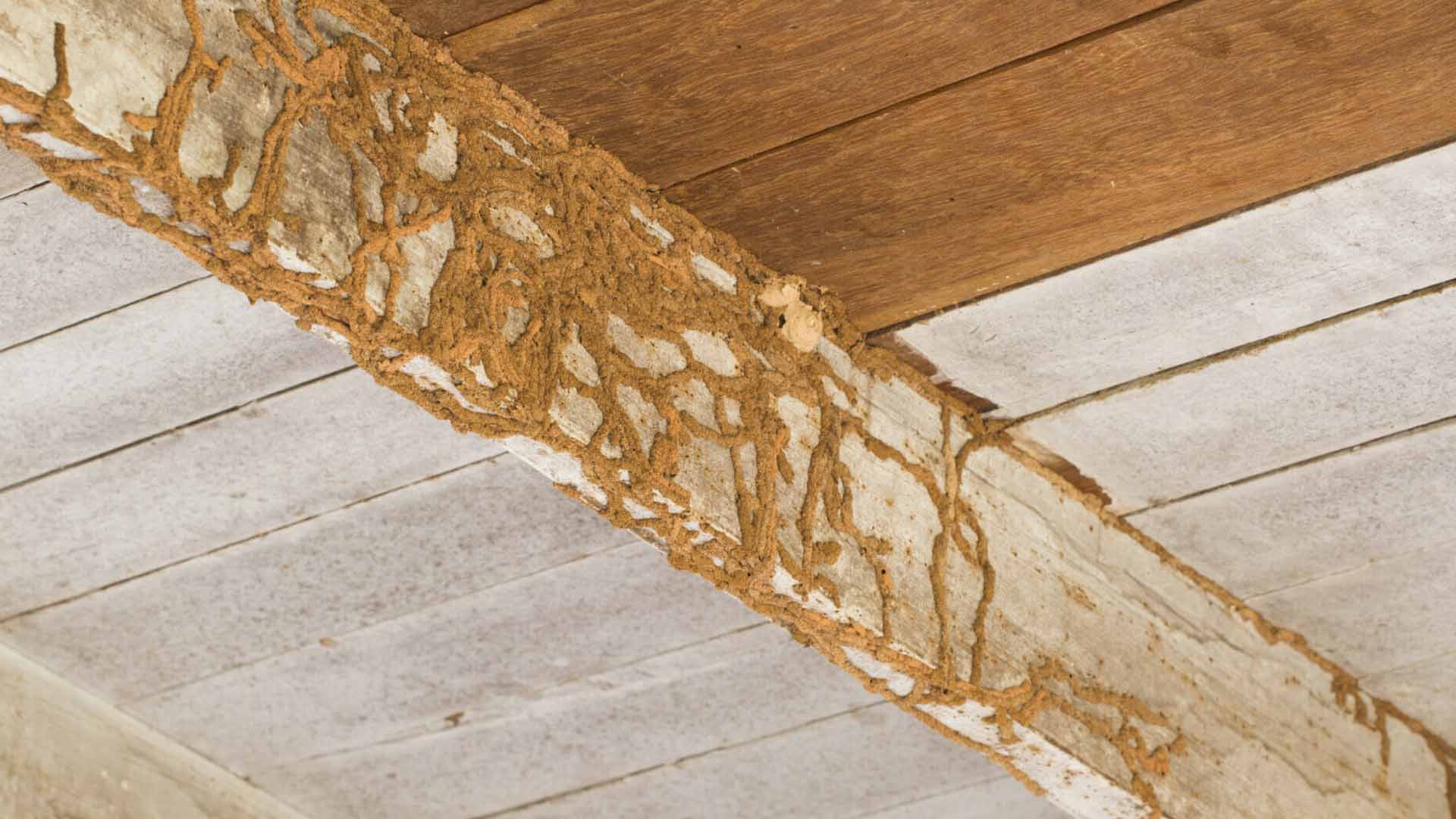 How to Prevent Termite Infestation?
While it may not always be possible to prevent termites entirely, there are several steps you can take to reduce the likelihood of an infestation:
How to Prevent Termite Infestation?
While it may not always be possible to prevent termites entirely, there are several steps you can take to reduce the likelihood of an infestation:
Termite Infestation Prevention Tips
-
Seal cracks and gaps: Check for cracks in the foundation and seal them to prevent termites from entering your home.
-
Reduce moisture: Fix any plumbing leaks and ensure proper drainage around your home to avoid creating a moist environment that attracts termites.
-
Inspect wood: Regularly inspect wooden structures for signs of damage or decay.
-
Use termite-resistant materials: When building or renovating, consider using termite-resistant materials such as pressure-treated wood.
Myths and Facts About Termite
There are many misconceptions about termites, especially regarding their appearance and behavior. Understanding the differences between termites and other insects can help in identifying infestations early. Below are some common myths and the facts that debunk them.
| Myth | Fact |
|---|---|
| All termites look the same. | Differ in appearance depending on their role: workers, soldiers, and alates (winged). |
| Termites and ants look identical. | Termites have straight antennae and uniform bodies, while ants have elbowed antennae and a segmented waist. |
| Termite wings are longer than their bodies. | Winged termites have wings that are equal in length to each other and often longer than their bodies. |
| Termites only swarm in the spring. | While spring is common, termites can swarm at other times, particularly during warm and humid conditions. |
| Termites are always white. | Termites vary in color from white to light brown, and winged termites are usually darker. |





